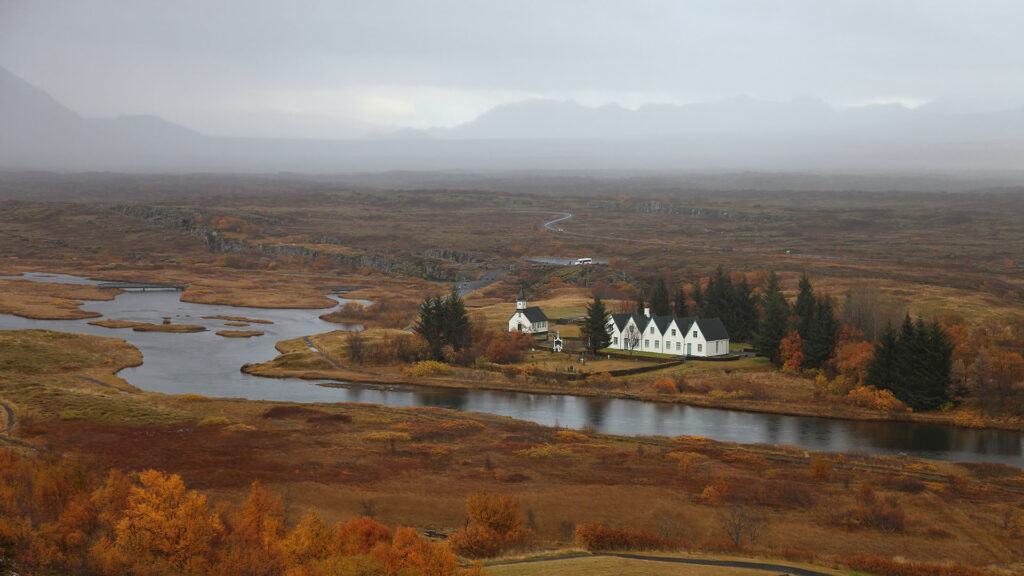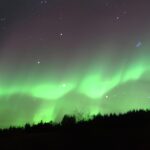According to the old Norse calendar, Gormánuður is the first winter month and begins on Saturday from October 21 to 27. Gormánuður doesn’t seem to have had other names in ancient times, and the title refers to slaughter time. The first day of the spring month is also celebrated as the first day of winter. Like the First Day of Summer, a legal holiday in Iceland, the First Day of Winter was also a holiday until 1744.
Gormánuður is when lambs and other animals were slaughtered for winter, but gor means half-digested food in animals’ innards, especially herbivores.

Nordic and Northern European people used the Norse calendar until Christianity took over. However, Icelanders kept using their calendar version, especially the names of the months, until the 18th century. Icelanders still use a few month names, especially þorri, góa, and harpa. The first days of those months are the husband’s day, the woman’s day, and the first day of summer, respectively.
You can read all about the calendar here. Then we have posts about individual months:
Winter Nights
Winter parties or sacrifices around Winter Nights are often mentioned in the Icelandic sagas. These parties or festivities are supposed to have taken place before or around the time of the conversion to Christianity. They are mentioned in the Saga of Gísli the outlaw, Laxdæla, Reykdæla Saga, Njál’s Saga, and The Book of the Settlement. In fact, no party is mentioned as often in the sagas apart from Yule. You can read more about Winter Nights here.
The parties were likely held at this time of year as it was the slaughtering season, and people had copious amounts of fresh meat. Eating as much as possible was necessary since it was hard to store, as there were no freezers or salt. Farmers had also finished all other harvestings by that time.
It seems that the winter festival stopped shortly after Christianity took over at the beginning of the 11th century, but that’s maybe not so strange.
There was little reason to celebrate the arrival of Jack Frost, who generally isn’t thought of as a welcomed guest. People have feared this season so much that an old verse from the 17th century says: The winter is worse than the Turks. This shows people’s feat of pirates identified as Turks (they weren’t, though, the largest pirate attack on Iceland was made by Algerians). Before Christianity, people sacrificed to the gods to hope for a good winter season. When that religious element was removed, there wasn’t much point in the celebration.
When the Church began trying to abolish pagan customs, it rarely canceled the festivals because people wanted to have fun. Instead, it sought to change its religious content and timing, so it is unlikely that winter celebrations were stopped altogether. King of Norway, Olaf Tryggvason, moved the autumn festival to St Michael’s Day. It wouldn’t have worked here because the slaughter season had hardly begun. It is possible, however, that another day closer to the beginning of winter, All Saint’s Day, was used in Iceland instead.
All Saint’s Day was one of the holiest days in Iceland and thus a day off work. It was abolished in 1770, more than 200 years after the Reformation in Iceland.
Rímspillisár – When the Calendar Goes out of Whack
Every five or six years, a few extra days needed to be appended to the end of summer. Just as we have leap years every four years to maintain calendar accuracy, this practice was essential in the old calendar to ensure the alignment of seasons. In this ancient calendar system, each 12 months consisted of 30 days. This process was known as “sumarauki”, or summer addition.
Additionally, every 28 years, a unique event called “rímspillisár” occurred. This event coincided with the summer addition falling in a year where the preceding year ended on a Saturday, and the subsequent year was a leap year. Consequently, the summer addition was inserted into the end of summer a bit later than usual. As a result, the First Day of Winter was pushed to the 28th of October.
This historical context might be perplexing to some, as the Old Icelandic Calendar coexisted with the modern calendar for centuries, leading to various adjustments and explanations that connected the two systems.








